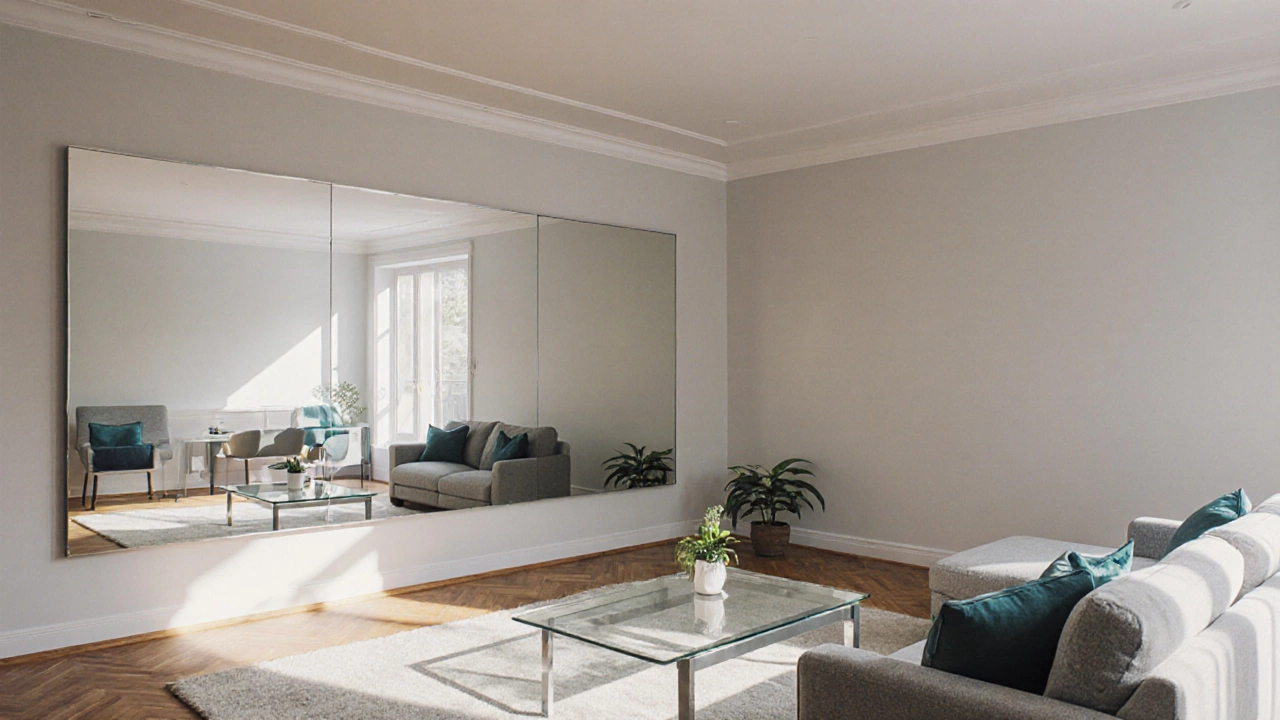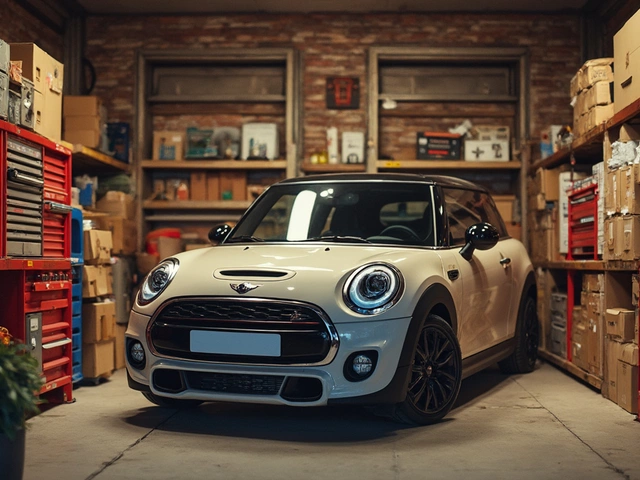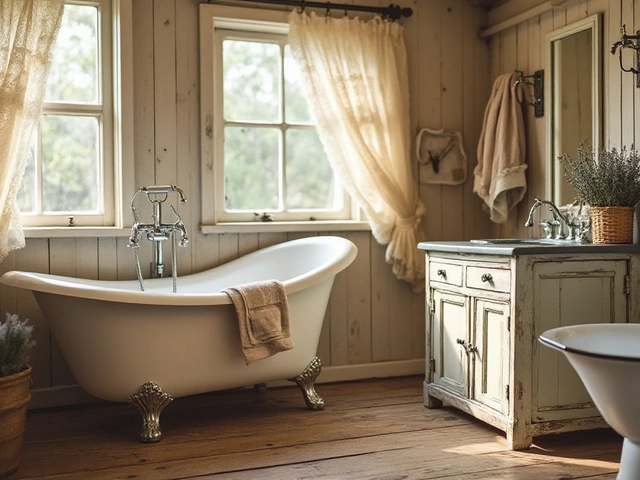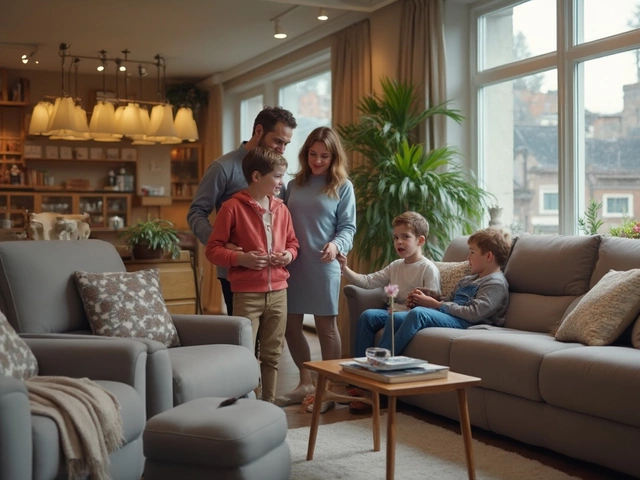Mirror Quality Cost Estimator
This tool compares long-term value of expensive vs cheap mirrors based on room type, size, and usage. Calculate your expected lifespan and total cost of ownership.
Enter your mirror details to see comparison results.
Ever walked into a room and felt something was off, even though the décor looked right? The answer often lies in the mirror hanging on the wall. expensive mirrors can make a space feel larger, brighter, and more polished, while a cheap version might distort images, fog up quickly, or crack under everyday use. This guide breaks down exactly what sets high‑end mirrors apart from budget‑friendly options, so you can shop with confidence and avoid costly surprises.
Understanding Mirror Construction
At its core, a mirror is a piece of Mirrors a reflective surface made by coating a glass substrate with a metal layer, typically silver or aluminum. The quality of that reflective layer, the substrate material, and the protective coatings together determine how the mirror looks and performs.
Material Choices: Glass vs Acrylic
Most traditional mirrors use Glass a rigid, transparent silica‑based material that provides a flat, stable surface for coating. Glass offers excellent optical clarity and is less prone to warping, but it’s heavy and can shatter if mishandled.
Budget mirrors often replace glass with Acrylic a lightweight, shatter‑resistant plastic that can be coated to act like a mirror. Acrylic saves money and reduces breakage risk, yet it scratches more easily and can produce a slightly hazy reflection over time.
- Weight: Glass mirrors can weigh 10‑20 lb per square foot; acrylic mirrors usually stay under 5 lb.
- Durability: Glass resists scratches but can chip; acrylic resists impact but scratches readily.
- Optical clarity: Glass delivers >95% reflectivity; acrylic typically falls between 80‑90%.
Coating and Reflectivity
The reflective layer is where the magic happens. Premium mirrors use a Silver backing a thin layer of pure silver deposited on the glass, offering the highest reflectivity and accurate color rendering. Silver provides up to 99% reflectivity and a true‑to‑life image.
Cheaper mirrors often substitute silver with Aluminum backing a metal layer that is less expensive to apply but offers slightly lower reflectivity and can impart a bluish tint. Aluminum is durable but gives a less vibrant reflection.
Both types are sealed with a protective Coating technology a clear, anti‑scrape and anti‑oxidation coating that safeguards the metal layer from humidity and abrasion. High‑end mirrors may have multiple coating layers, including UV‑blocking films, while budget mirrors often settle for a single protective coat.
- Reflectivity: Silver > 98%; Aluminum ~ 92%.
- Color accuracy: Silver preserves true colors; Aluminum may shift hues toward blue.
- Longevity: Silver with proper sealing lasts 10+ years; aluminum can oxidize sooner.
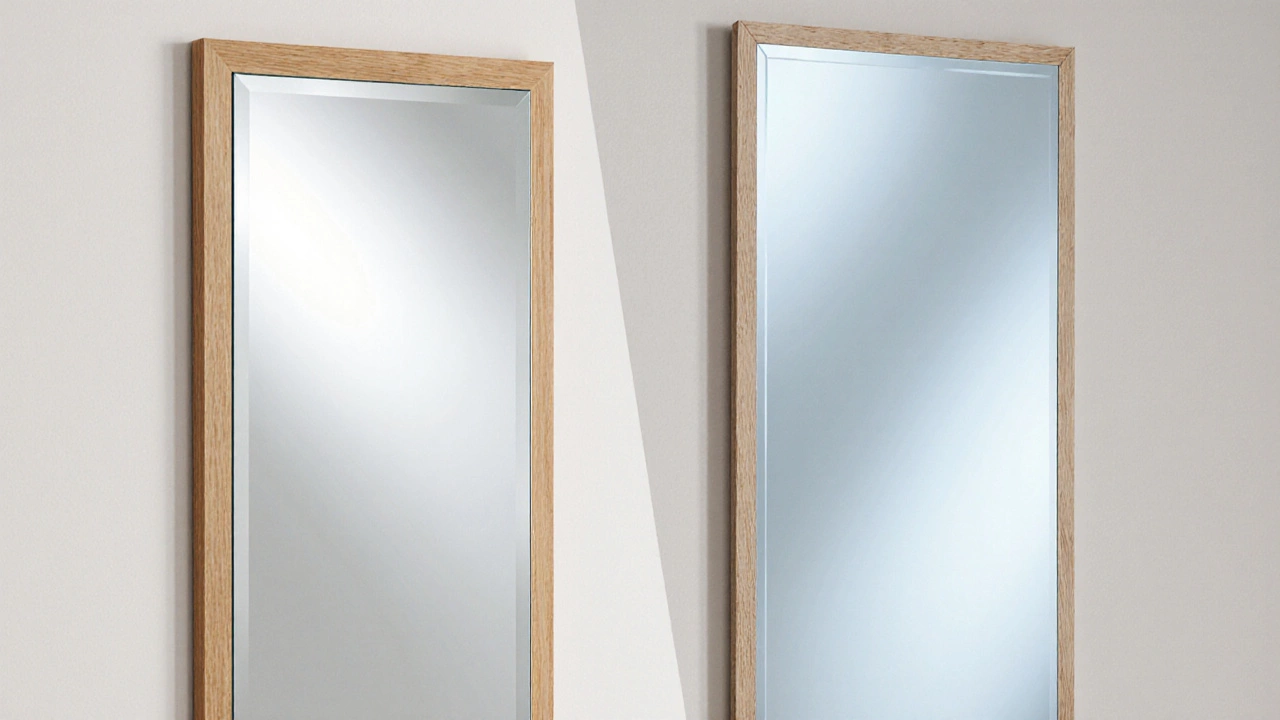
Frames and Finishes
Frames do more than hold the mirror-they set the visual tone. Expensive mirrors feature Frame material high‑quality woods, metal alloys, or hand‑crafted composites finished with veneer, lacquer, or gilding. These materials resist warping, dry out less, and can be refinished if needed.
Cheap mirrors usually come with Composite frames particleboard or low‑grade MDF covered in thin laminate film that mimics wood or metal. While affordable, they can swell in humid environments and chip easily.
Finish matters for both aesthetics and durability. High‑end finishes often include UV protection a clear coat that blocks harmful ultraviolet light, preventing yellowing of the frame and degradation of the reflective coating. Budget options may lack this layer, leading to faster fading.
- Material longevity: Solid wood lasts decades; MDF often needs replacement within 5‑7 years.
- Design flexibility: Premium frames can be custom‑shaped; cheap frames are limited to standard sizes.
- Maintenance: High‑end finishes wipe clean; low‑grade laminates may peel.
Durability and Maintenance
When you purchase a mirror, you’re betting on its ability to stay clear and safe over time. Expensive mirrors typically feature a multi‑layer Protective seal a combination of moisture‑barrier and anti‑scrape films that guard the metal backing. This seal reduces fogging, prevents corrosion, and resists accidental scratches.
Cheaper mirrors often have a single, thin seal that can wear away after a few years, especially in high‑humidity bathrooms. Once the seal degrades, the metal layer may oxidize, causing a dull or speckled appearance.
Cleaning practices differ too. For high‑end mirrors, a soft microfiber cloth with a mild glass cleaner is sufficient. Harsh chemicals, abrasive pads, or ammonia‑based solutions can strip protective layers and damage the silver backing.
- Fog resistance: Premium mirrors incorporate anti‑fog coatings; cheap mirrors fog quickly in showers.
- Scratch resistance: Multi‑layer seals handle everyday wipes; single‑layer seals show scratches.
- Safety: Tempered glass is common in expensive products, reducing break‑age risk; acrylic mirrors are naturally shatter‑proof but may splinter.
Cost Drivers Explained
Understanding why price tags differ helps you decide what you’re actually paying for. Below are the primary cost drivers:
- Material quality: Real glass and solid‑wood frames cost more than acrylic and MDF.
- Metal backing: Silver is pricier than aluminum, and the deposition process adds labor.
- Coating layers: Multi‑stage UV and anti‑fog coatings increase manufacturing time.
- Finishing details: Hand‑crafted bevels, custom engravings, or gilded edges add artisan labor.
- Size and thickness: Larger mirrors require thicker glass for stability, raising material and transport costs.
When you see a $300 mirror versus a $30 counterpart, most of the gap stems from the above factors. That said, not every expensive mirror is a better fit for every home-sometimes a simple acrylic piece works perfectly for a small hallway.
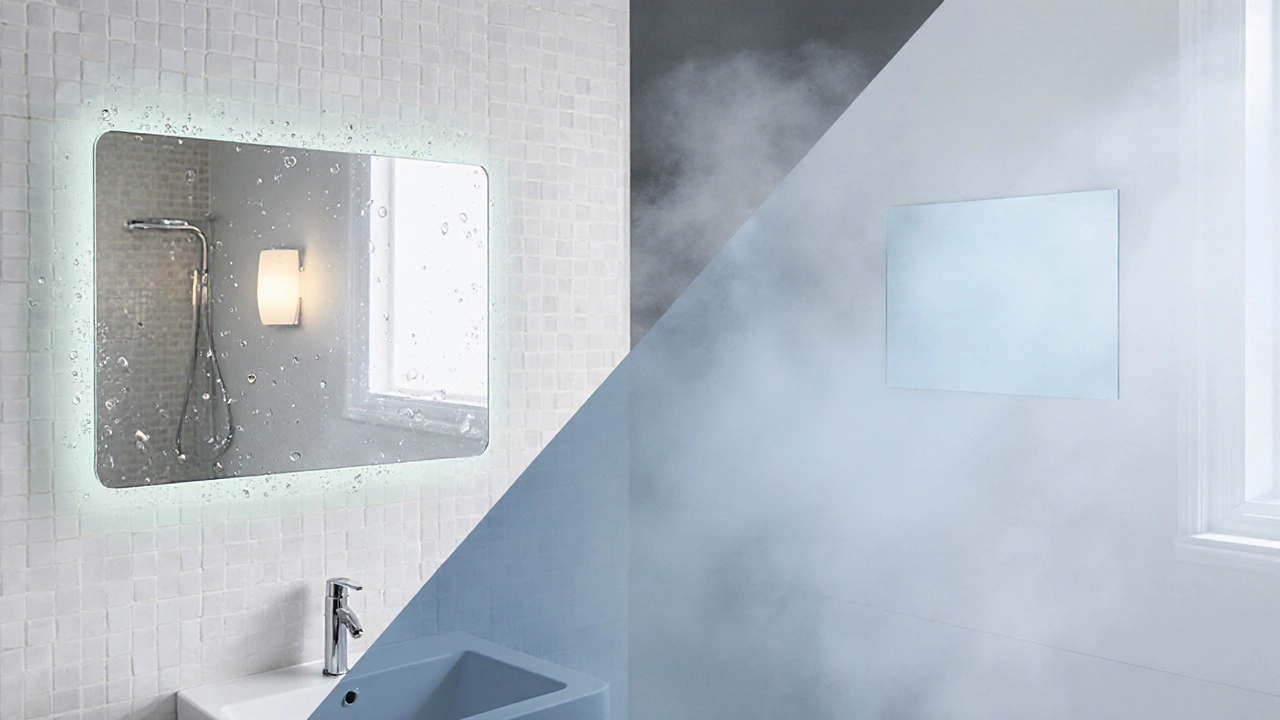
How to Choose the Right Mirror for Your Budget
Follow these practical steps to match your needs with the right price tier:
- Identify the room’s demands: Bathrooms need anti‑fog and moisture‑resistant coatings; living rooms prioritize visual clarity and design.
- Set a realistic budget: Allocate 20‑30% of your décor budget for a key statement mirror if it’s a focal point.
- Check material specs: Look for “tempered glass,” “silver backing,” and “UV‑protected finish” in product descriptions.
- Inspect the edges: Polished or beveled edges indicate careful finishing; rough cut edges often signal low‑cost production.
- Read warranty details: Premium mirrors usually carry 5‑year or longer warranties; cheap ones may have none.
- Consider installation: Heavy glass may need professional mounting; lightweight acrylic can be DIY.
By ticking these boxes, you’ll avoid common pitfalls like foggy bathroom mirrors or frames that warp after a season of humidity.
Quick Comparison Table
| Feature | Expensive Mirrors | Cheap Mirrors |
|---|---|---|
| Substrate | Tempered glass (10‑20 lb/ft²) | Acrylic or thin glass (≤5 lb/ft²) |
| Reflective layer | Pure silver backing, >98% reflectivity | Aluminum or silver‑alloy, ~92% reflectivity |
| Coating | Multi‑layer anti‑fog + UV protection | Single protective film |
| Frame material | Solid wood, metal alloy, hand‑finished | Composite MDF, laminate veneer |
| Durability | 10‑15 years with proper care, scratch‑resistant | 3‑5 years, prone to scratches & fog |
| Warranty | 5‑10 years | No warranty or 1‑year limited |
| Price range (USD) | $150‑$600 per ft² | $15‑$80 per ft² |
Final Thoughts
Mirrors are more than decorative accents-they influence light, perception of space, and even mood. Investing in a higher‑quality piece pays off with clearer reflections, longer lifespan, and a polished look that cheap alternatives can’t match. Yet, a budget‑friendly mirror can still serve functional needs if you understand its limitations and place it wisely.
Why do cheap mirrors fog up faster?
Cheap mirrors often lack a dedicated anti‑fog coating and use thinner seals, so moisture condenses on the surface during hot showers or kitchen steam.
Is silver backing really worth the extra cost?
Yes. Silver provides the highest reflectivity and color fidelity. In well‑sealed mirrors it also resists oxidation longer than aluminum.
Can I use an acrylic mirror in a bathroom?
Acrylic works in low‑humidity areas, but it scratches easily and may yellow over time. For showers, stick with tempered glass and anti‑fog coating.
How do I spot a high‑quality frame?
Look for solid wood or metal, smooth dovetail joints, and a finish that doesn’t chip. Avoid visible seams or cheap laminate that bubbles when touched.
What warranty should I expect from a premium mirror?
Reputable brands usually offer 5‑10 years covering coating delamination, reflectivity loss, and frame defects. Always read the fine print before buying.

